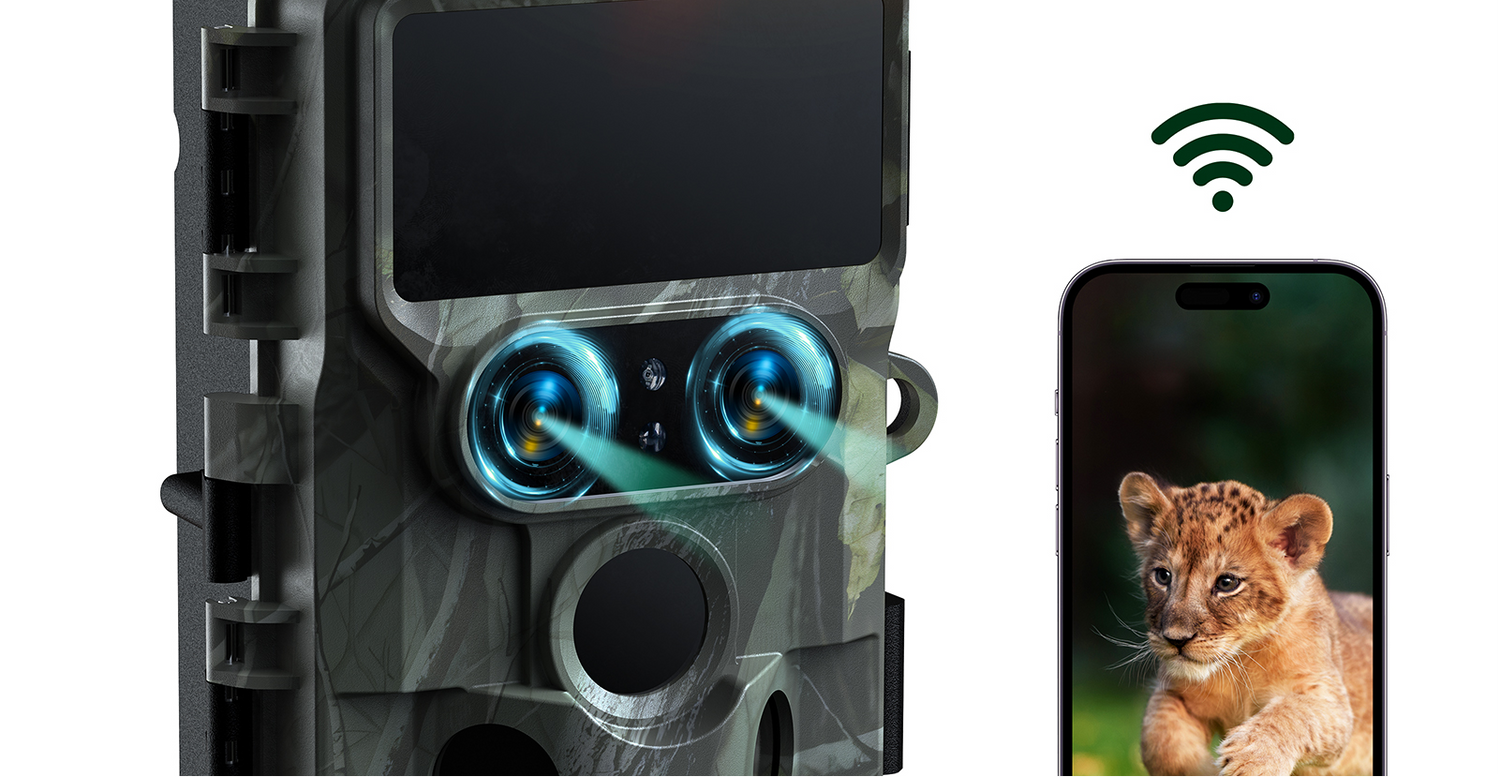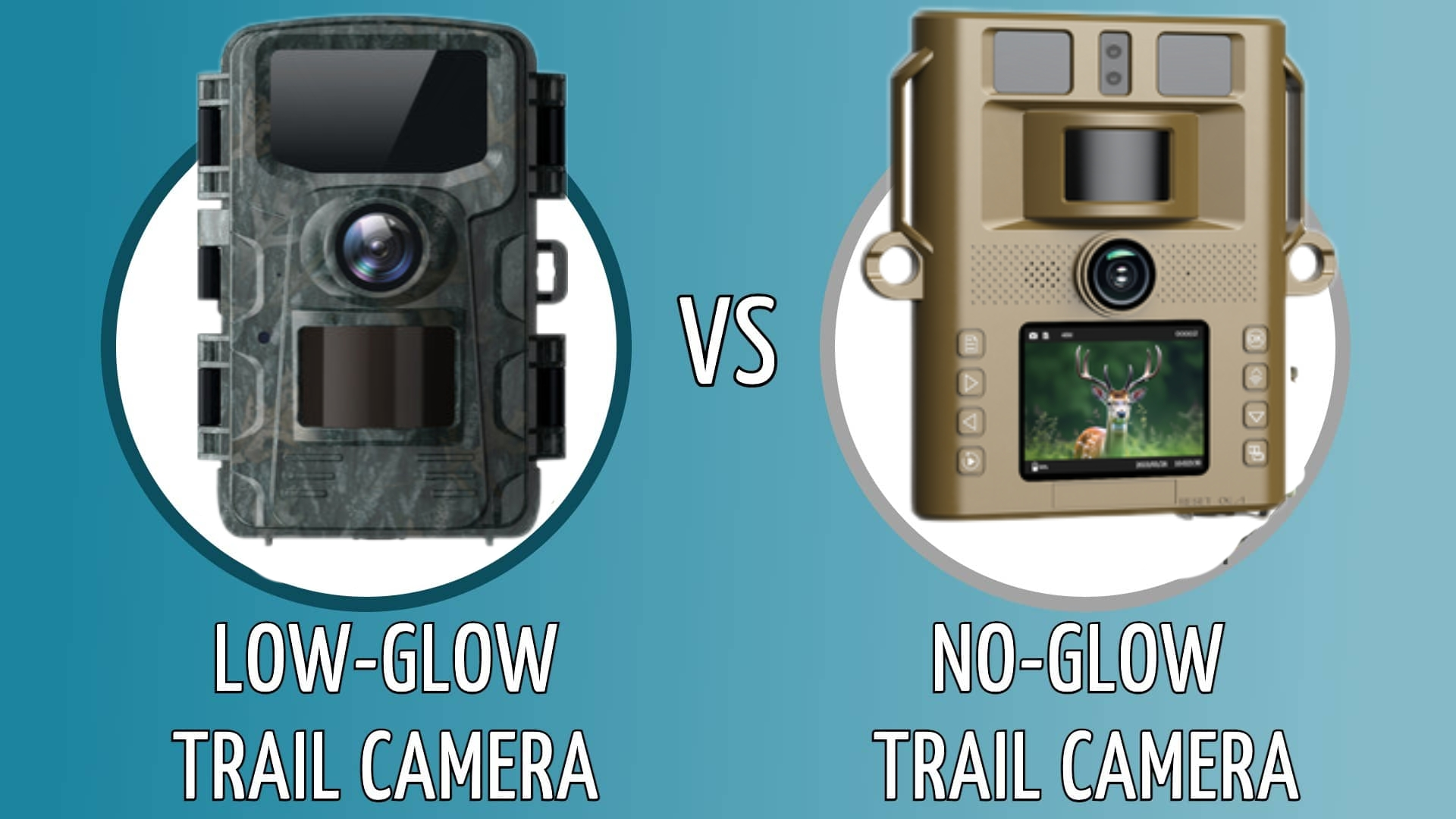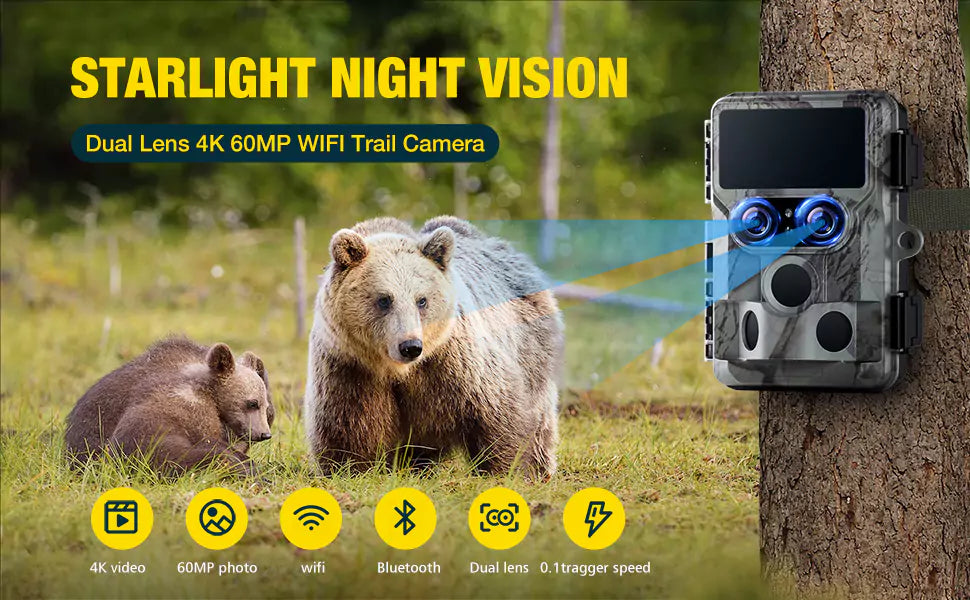Camera Hardware
WiFi trail cameras are built with sturdy and weather-resistant materials, ensuring they withstand the rigors of outdoor use. The heart of the camera is its lens, which captures high-resolution images and videos. The lens is complemented by a motion sensor that triggers the camera upon detecting movement within its field of view. Additionally, most WiFi trail cameras feature infrared LEDs for night vision, enabling them to capture clear footage even in low-light conditions.
Motion Detection
Motion detection is a critical feature of trail cameras, including WiFi-enabled ones. These cameras employ passive infrared (PIR) sensors to detect changes in heat signatures caused by moving objects. When triggered, the motion sensor activates the camera to capture images or videos, ensuring that users capture wildlife activity effectively without constant monitoring.
Image/Video Capture
Upon detecting motion, the camera captures either a series of still images or records a video clip, depending on the user's preferences and settings. The captured media is then temporarily stored in the camera's internal memory, awaiting transmission.
WiFi Connectivity
WiFi trail cameras are equipped with built-in WiFi modules that enable them to connect to local WiFi networks. Users can configure the camera to connect to their home network or set up a portable hotspot for remote locations. The WiFi connection allows seamless communication between the camera and the user's smartphone, tablet, or computer.
Data Transmission
Once connected to a WiFi network, the camera transmits the captured images or videos to a designated recipient. This transmission can occur in real-time or be scheduled at specific intervals, depending on the camera's settings. The data is securely transmitted over the WiFi network, ensuring privacy and integrity.
Mobile App or Web Portal
To access the transmitted media, users need to install a compatible mobile app or access a web portal provided by the camera's manufacturer. These platforms allow users to remotely view, download, and manage the captured images and videos. They often feature user-friendly interfaces with intuitive controls for seamless interaction.
Notifications
WiFi trail cameras offer push notifications to alert users when new images or videos are available for viewing. These notifications can be customized based on user preferences, ensuring timely updates on wildlife activity. Notifications enhance real-time monitoring capabilities, allowing users to stay informed even when they're not actively monitoring the camera feed.
Power Source
WiFi trail cameras require a power source to operate effectively. While many models are powered by traditional disposable batteries (e.g., AA batteries), others support rechargeable battery packs or external power sources. Some advanced models also feature solar panels for sustainable, long-term power, making them ideal for remote or off-grid locations.
By combining advanced camera technology with wireless connectivity, WiFi trail cameras offer users unparalleled convenience and flexibility in wildlife monitoring. These cameras have revolutionized the way outdoor enthusiasts, hunters, researchers, and conservationists observe and study wildlife, providing valuable insights into animal behavior and habitat dynamics.




Leave a comment
This site is protected by hCaptcha and the hCaptcha Privacy Policy and Terms of Service apply.